
North America
The Polish-American Stephen J. Poplawski, owner of the Stevens Electric Company, began designing drink mixers in 1919 under contract with Arnold Electric Company, and patented the drink mixer in 1922 which had been designed to make Horlicks malted milkshakes at soda fountains. He also introduced the liquefier blender in 1922.
In the 1930s, L. Hamilton, Chester Beach and Fred Osius, produced Poplawski’s invention under the brand name Hamilton Beach Company. Fred Osius improved the appliance, making another kind of blender. He approached Fred Waring, a popular musician, who financed and promoted the "Miracle Mixer", released in 1933. However the appliance had some problems to be solved about the seal of the jar and the knife axis, so Fred Waring redesigned the appliance and released his own blender in 1937, the Waring Blendor with which Waring popularized the smoothie in the 1940s. Waring Products was sold to Dynamics Corporation of America in 1957 and was acquired by Conair in 1998. Waring long used the trademarked spelling "Blendor" for its product; the trademark has expired.
Also in 1937, W.G. Barnard, founder of Vitamix, introduced a product called "The Blender," which was functionally a reinforced blender with a stainless steel jar, instead of the Pyrex glass jar used by Waring.
In 1946 John Oster, owner of the Oster barber equipment company, bought Stevens Electric Co. and designed its own blender, which Oster commercialized under the trademark Osterizer. Oster was bought by Sunbeam Products in 1960 which released various types of blenders, as the Imperial series and still make the traditional Osterizer blender.
Europe
In Europe, the Swiss Traugott Oertli developed a blender based on the technical construction and design style conception of the Waring Blendor,[citation needed] releasing in 1943 the Turmix Standmixer. Based on the blender, Traugott also developed another kind of appliance to extract juice of any juicy fruit or vegetables, the Turmix Juicer, which was also available as separated accessory for use in the Turmix blender, the juicer Turmix Junior. Turmix (de) had promoted the benefits of drinking natural juices made with fruits and vegetables, with recipes using juices to promote its blender and juicer.
Toucan
In Brazil, Waldemar Clemente, ex-staffer of General Electric and owner of Walita electric appliance company since 1939, designed a blender based on the Turmix Standmixer and released in 1944 the Walita Neutron blender. Clemente also created the name liquidificador, which ever since designated a blender in Brazil. Soon thereafter, Walita acquired the Turmix patents in Brazil and also released the Turmix juicer, calling it the Centrífuga Walita as well the others Turmix accessories for use with the blender motor, as fruit peelers, grinder, crusher and batter mixer. Using the same marketing strategy as Turmix in Europe, Walita passed the million-blenders-sold mark a few years later in the early 1950s. Walita were the first manufacturer to release a wide range of blenders in the 1940s. In the 1950s, Walita made blenders for Siemens, Turmix, Philips, and Sears (Kenmore), among others. In the 1960s Royal Philips Co. approached Walita, acquiring the company in 1971, becoming Royal Philips' kitchen appliances developer division specializing in blenders, which are sold under the Philips brand outside Brazil.
The Austrian immigrant Hanz Arno, owner of an electric motor manufacturer in Brazil since the 1940s, released a blender in 1947, based on the blenders made by Hamilton Beach and Oster. The Liquidificador Arno was exported to other South American countries. As Arno had stocks of Electrolux, that brand was used on the blender in some countries. Later in 1997 Arno was bought by the Groupe SEB, owner of Moulinex, T-Fal, Rowenta, and other home appliance brands.
Increased versatility and usage
With the rising popularity of smoothies, Frappucinos and other frozen drinks prepared in front of the customer, new models of commercial blenders often include a sound-reducing enclosures and computerized controls.
Specialized blenders for making beverages and for food preparation are becoming popular and used worldwide by chefs.
In 1996 Tom Dickson, founder and CEO of Blendtec, introduced the WildSide blending jar — a unique design that eliminated the need for stir sticks and plungers to make thicker blends. The technology was so effective that Vita-Mix decided to use the design in the company's commercial blending containers. In 2010 the United States court system concluded that Vita-Mix had willfully infringed the patents, ultimately awarding Blendtec $24 million in damages.
 In culture
In culture
In 1949 the company Vitamix advertised their blender in one of the first television infomercials. The sales pitch lasted for 25 minutes, suggesting that the blender be used to make bread crumbs, potato pancakes, laxative spinach drinks, and a dessert beverage featuring entire raw eggs and their shells, which the host announced would be enjoyed like Malted milk.
Source: Wikipedia
To purchase a quality high performance blender look no further then Blenders Online, we have the perfect blender to suit every need and budget.
Happy Blending!
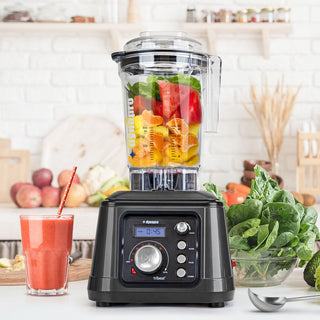
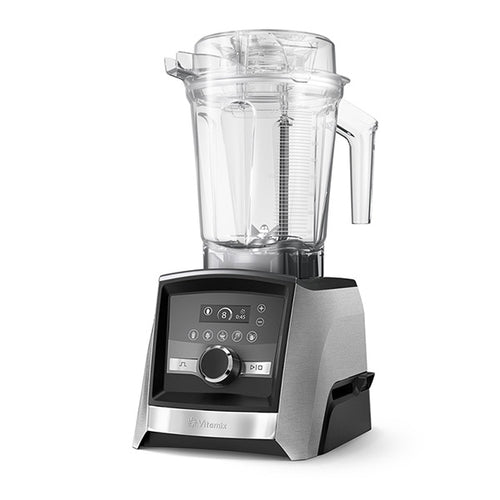
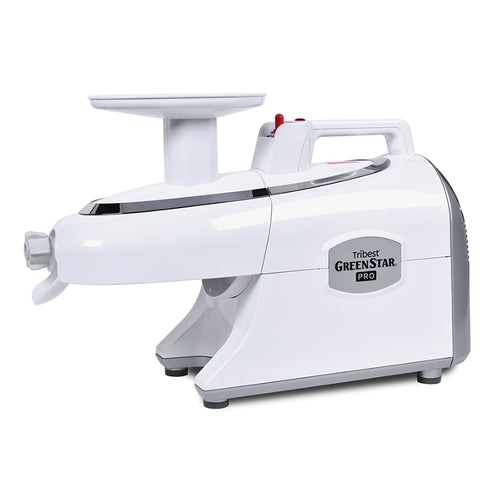
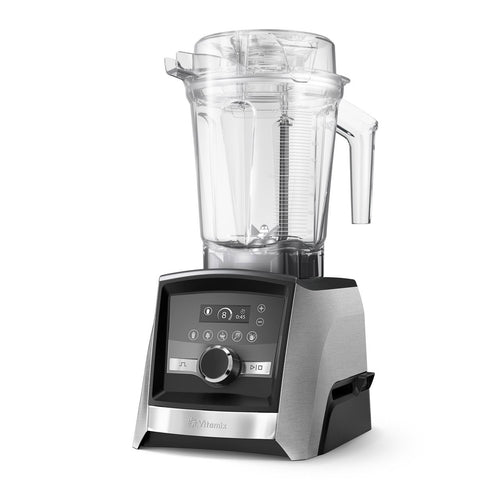
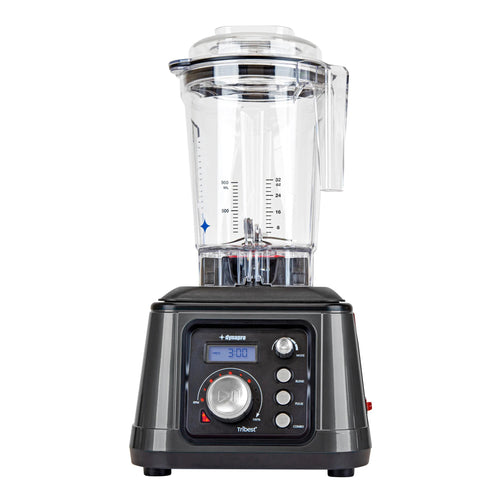
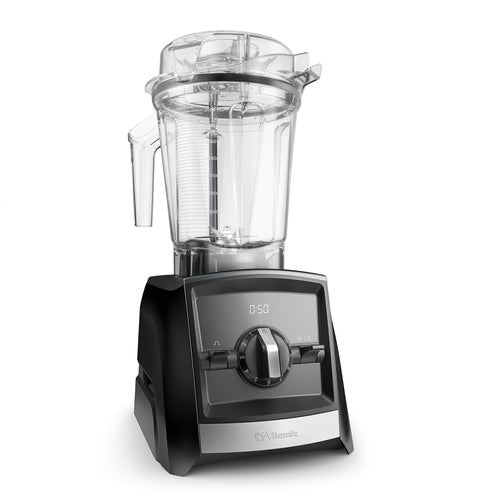
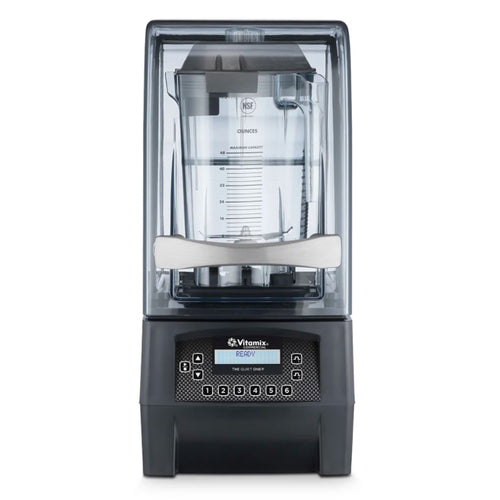
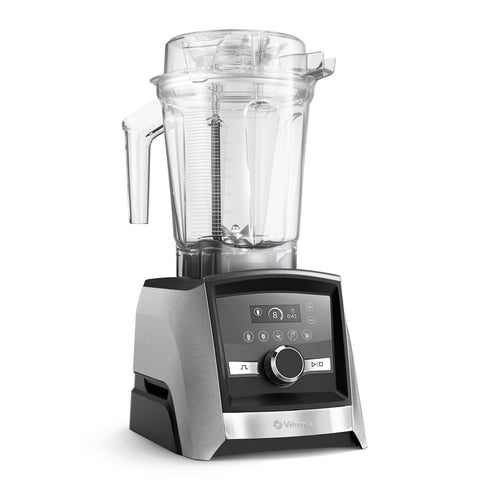
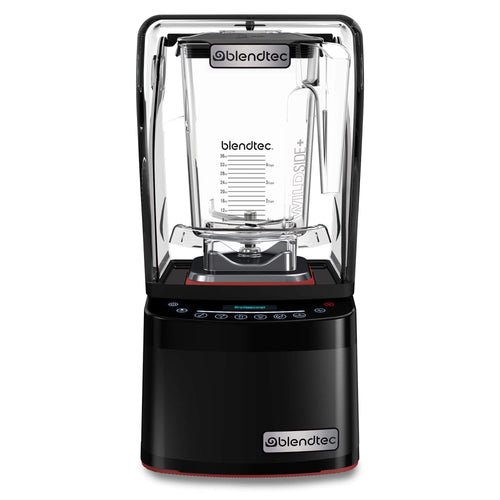
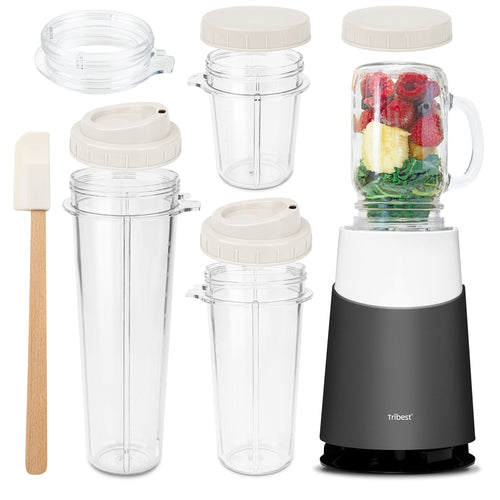
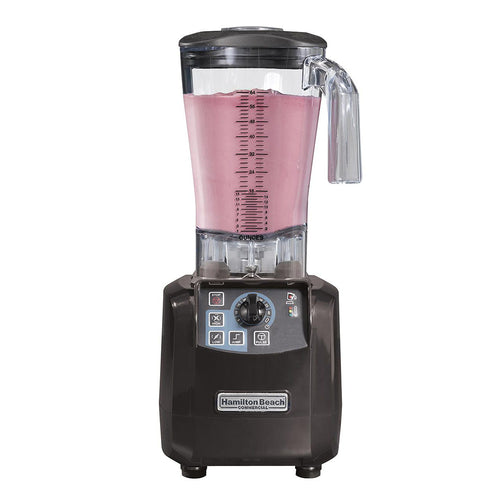
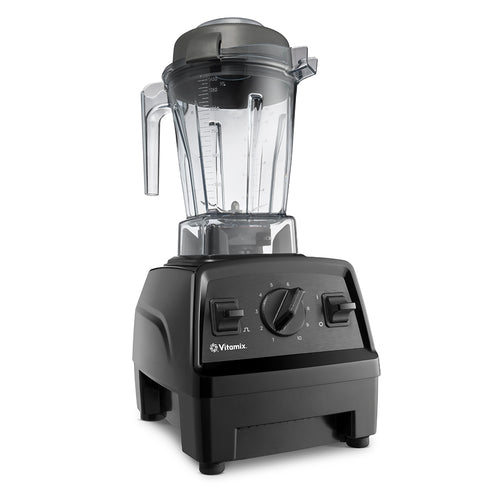
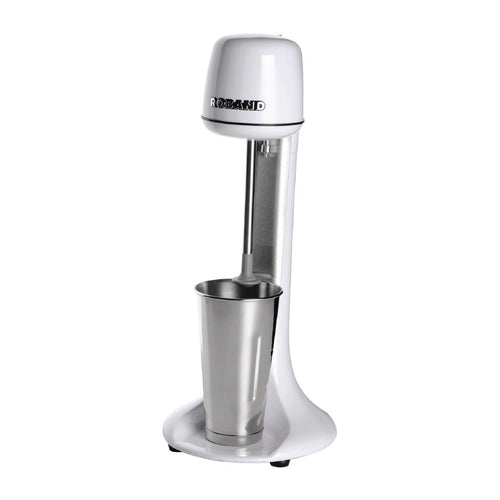
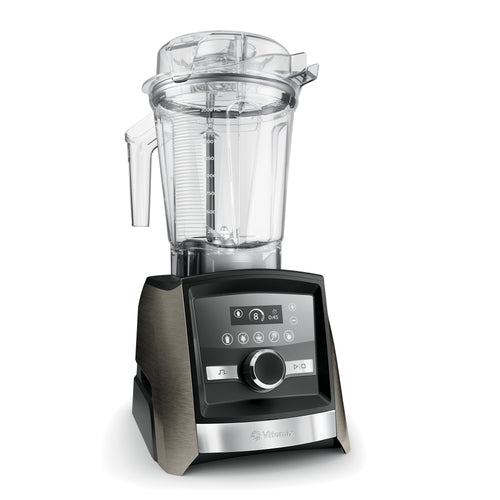

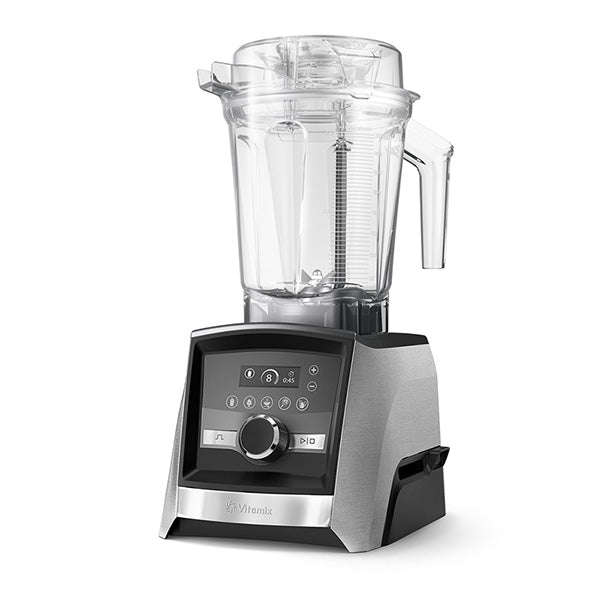
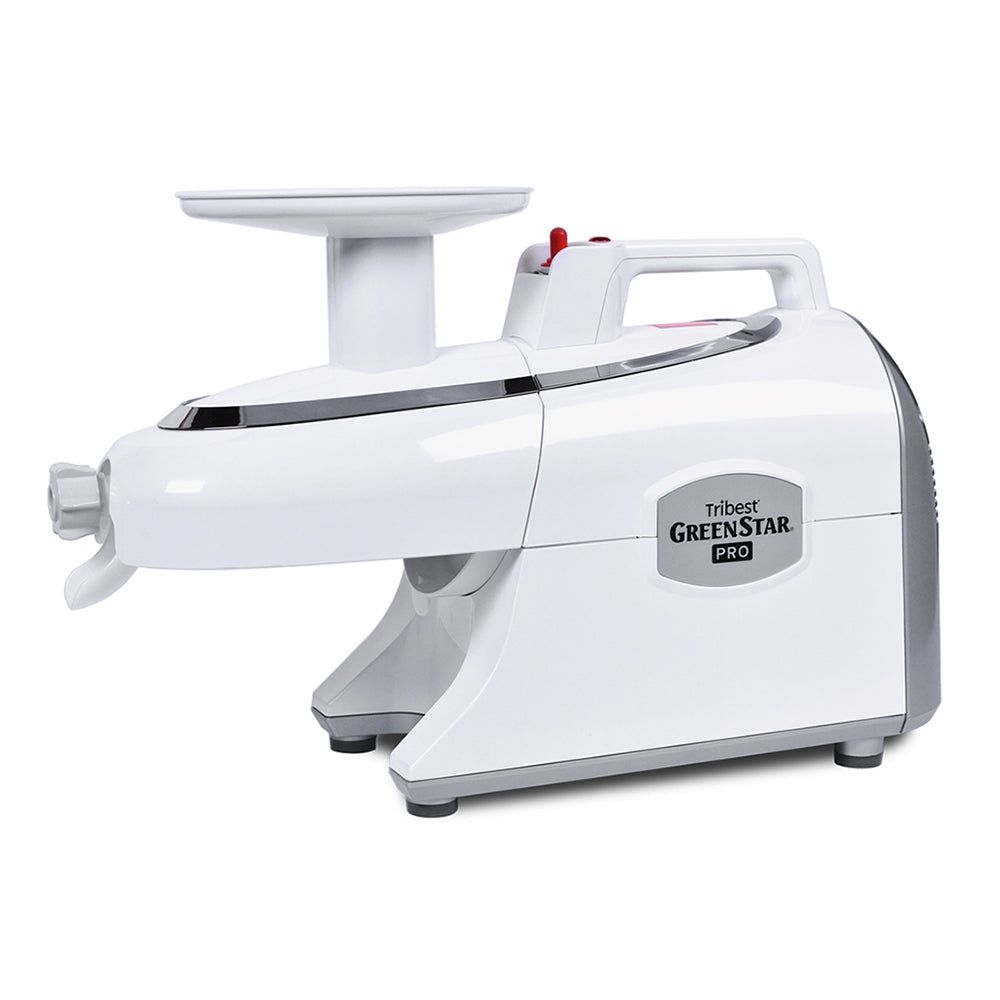
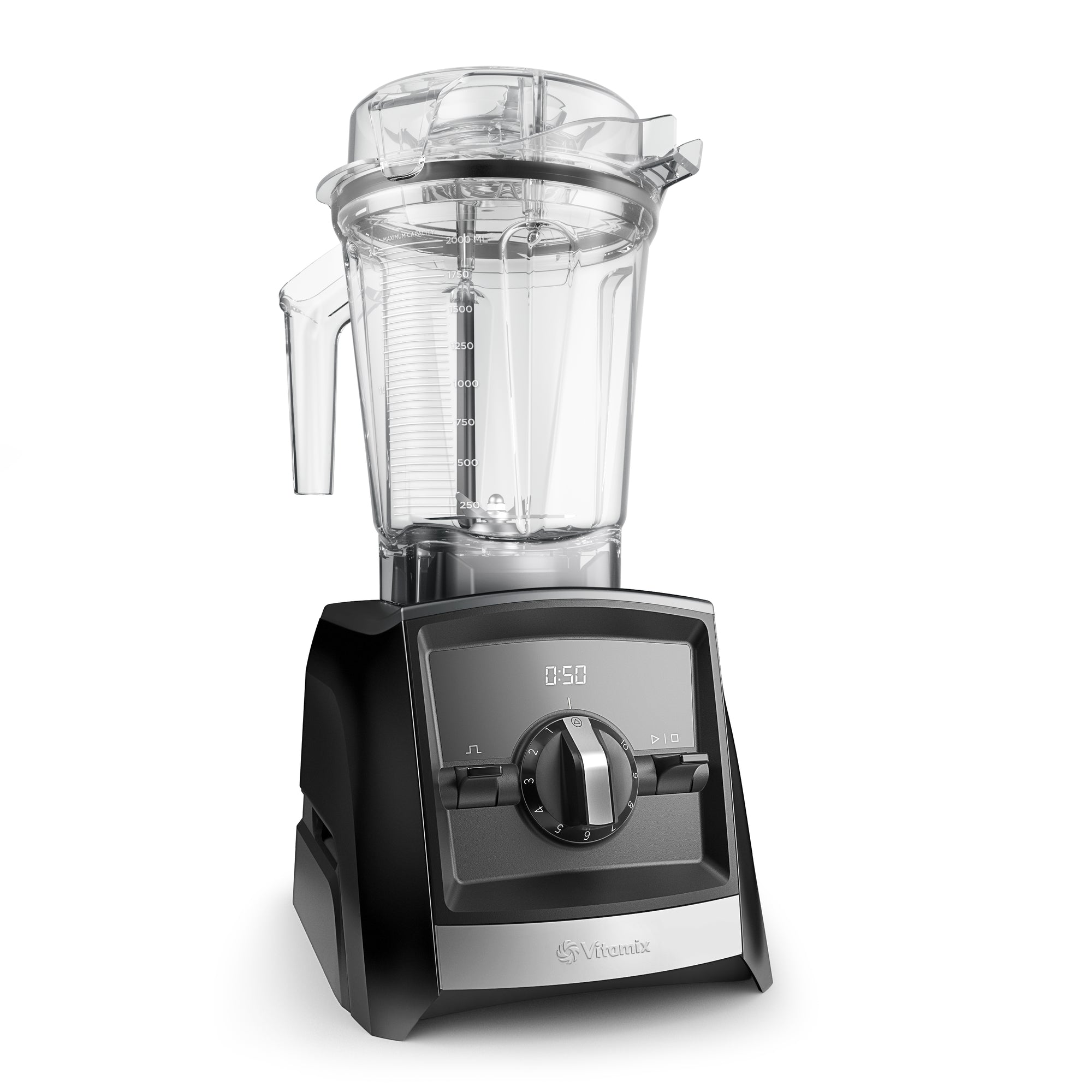
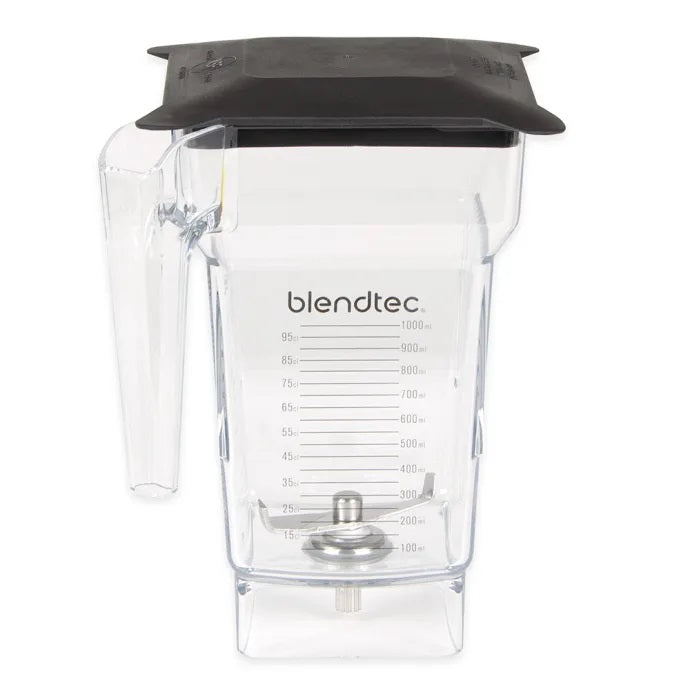
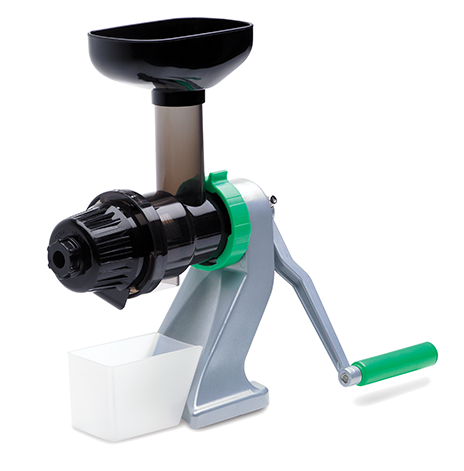
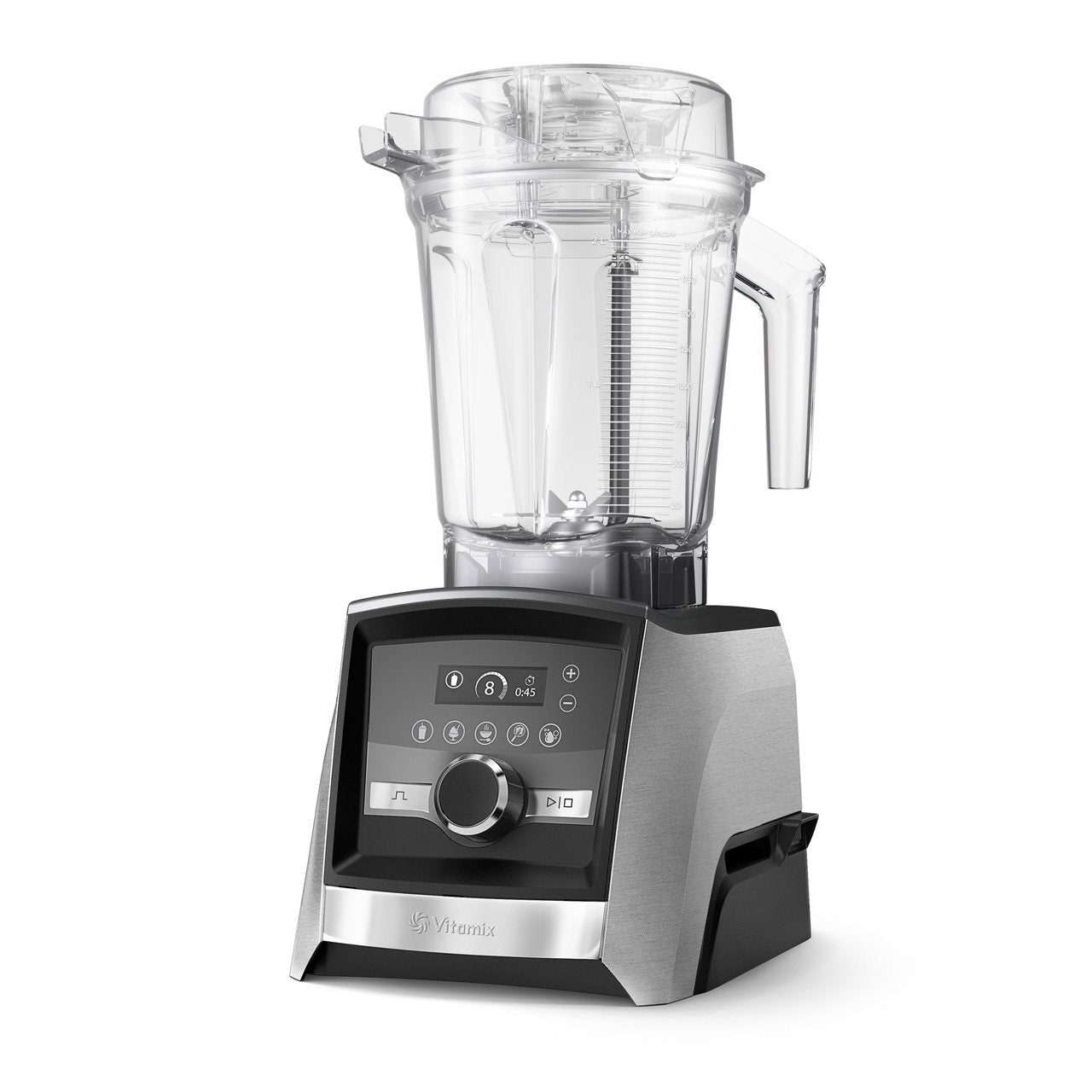
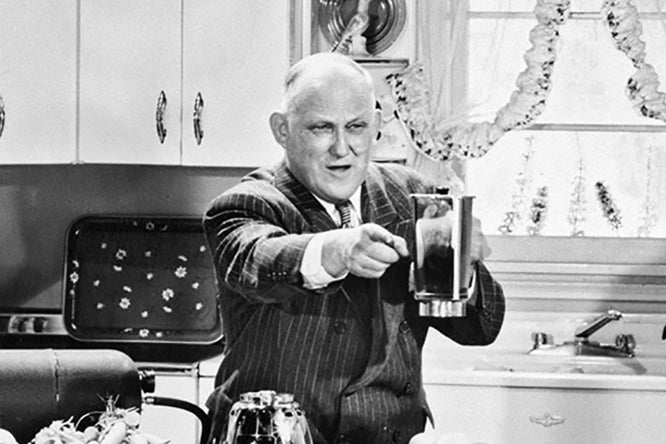

 In culture
In culture